Going Global: Male Beauty And Cosmetic Surgery Trends Around The World
Understanding the differences in the ideal male aesthetic around the world can shed a light on why more men are seeking out cosmetic procedures than ever before. Here, we Garrett Munce investigates what guys are looking for around the globe.
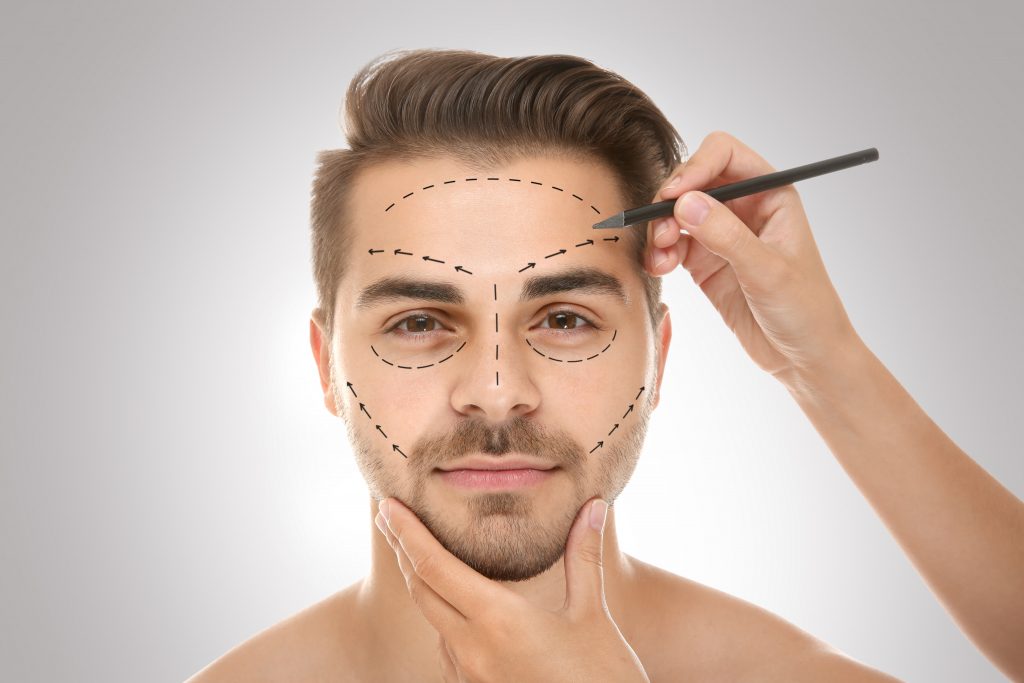
From that French girl je ne sais quoi to the intricacies of the multi-step Korean skincare routine, the international cosmetic and aesthetic industries are as vast as they are unique. But, thanks to globalization, niche trends now have universal appeal. Here we explore the geographical markers of beauty and how they influence today’s global patient and consumer.
It’s safe to say that men care about how they look just as much as women. Forget the sitcom trope of a schlubby husband with the bombshell wife — men can be just as focused on their appearance as everyone else. In fact, studies show it’s the case around the globe. The difference is that how men want to look changes when you cross borders.
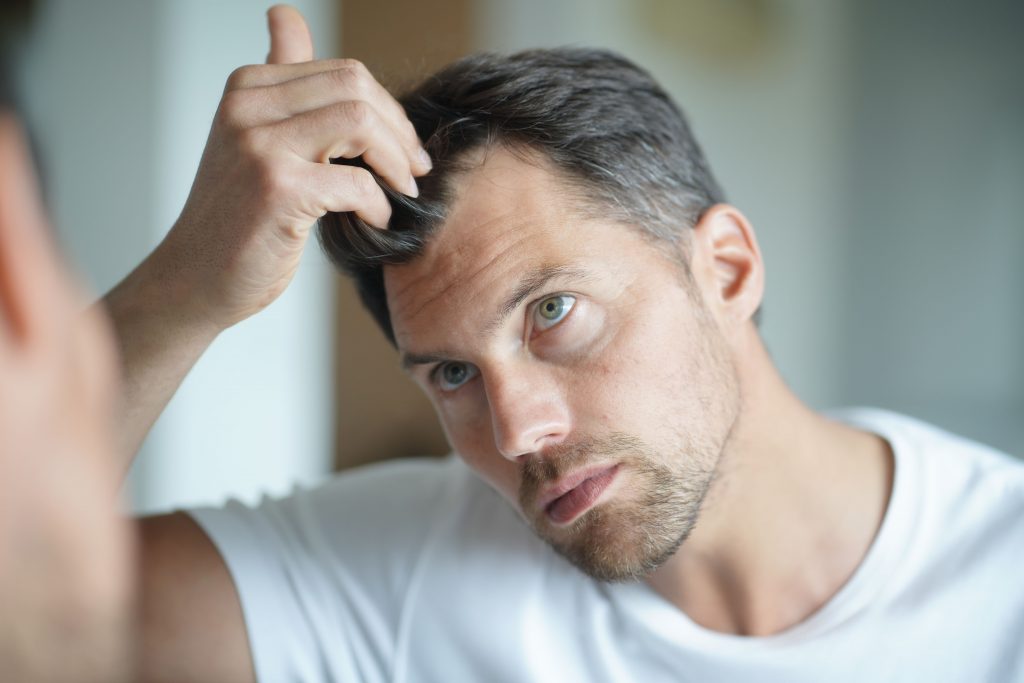
There is a reason the global men’s grooming industry grew to $60.6 billion in 2018 and is set to balloon even more (it is estimated to rise to $81.2 billion by 2024); men are much bigger consumers of beauty and grooming than people give them credit for. That extends to cosmetic procedures as well. According to the International Society of Aesthetic Plastic Surgery (ISAPS), men made up 14.4 percent of all global cosmetic surgical procedures in 2017. And while they don’t break down gender divisions in individual countries, it’s clear that men are increasingly seeking out cosmetic procedures the world over.
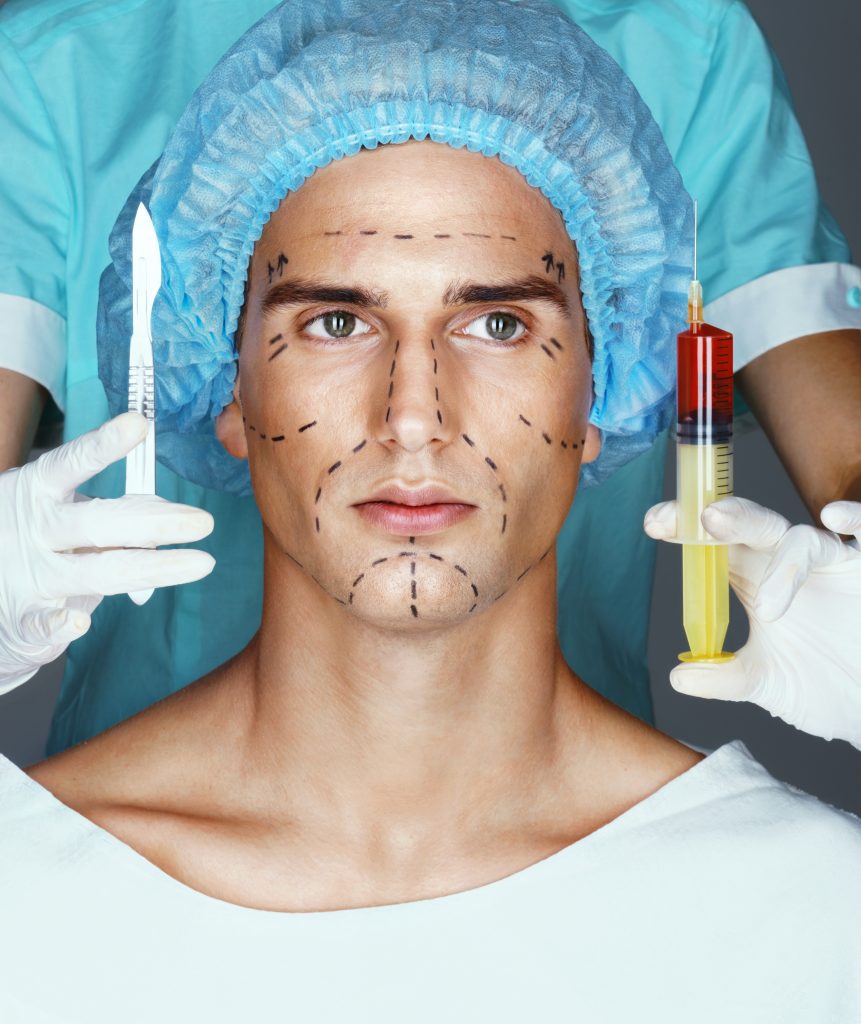
But what these men are looking for varies by country. Much like women’s standards of beauty, what men aspire to look like has a lot to do with the culture they’re living in and is closely tied to their societal understanding of masculinity. In 2016, UK-based Superdrug launched a “Perceptions of Perfection” study that invited freelancers from around the world to alter a photo of a man to reflect the ‘ideal male’ of their culture. The results are, unsurprisingly, varied but do show that “men suffer equally with women around low body confidence as many strive to attain a standard of ‘attractiveness’ that is both often unattainable and driven by cultural perceptions and advertising ideals,” as the study notes.
Understanding the subtle differences in the male ideal around the world can shed a light on the global perception of masculinity and why more men are seeking out cosmetic procedures than ever before. Here, we speak with leading experts to find out what men are looking for in five regions around the globe.
1. Middle East
In recent years, the Middle East has become a global plastic surgery hub, particularly Lebanon, Dubai, and Turkey. Some credit social media and western influence with this rise, but a decreasing cultural stigma around cosmetic work has also contributed to an increase in both procedures and medical tourism. Some estimate that as much as 30 percent of patients seeking cosmetic surgery are men.
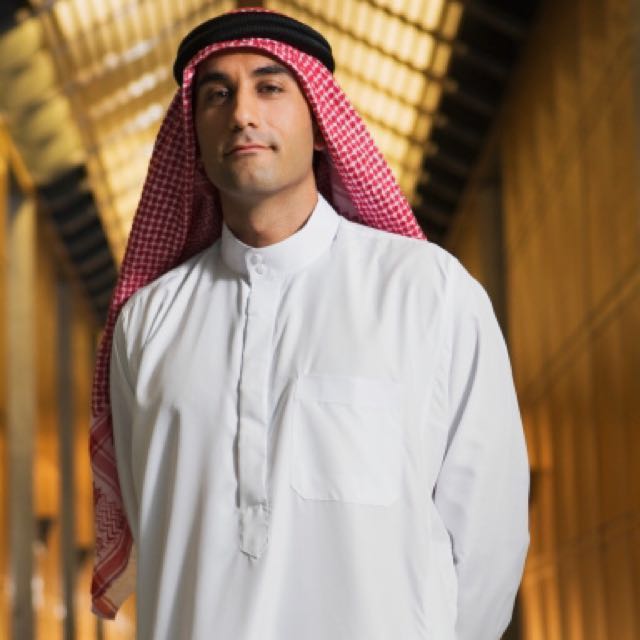
According to a 2017 study in the Saudi Medical Journal, the most common cosmetic procedures were rhinoplasty and laser hair removal. While they do not note how many of these procedures were performed on men, it’s in line with what experts see. “In the Middle East, rhinoplasty is number one,” says Beverly Hills-based board certified plastic surgeon Leif Rogers, MD. It’s becoming more common not only in the Middle East itself, but also among people of Middle Eastern descent in the U.S., he says.
“They don’t necessarily want a Western looking nose,” New York City board certified plastic surgeon Douglas Steinbrech, MD, is quick to note. Instead, the ideal is a defined nose that still is culturally appropriate. “They may want it to be reduced, but to keep it within the bell-shaped curve that is the norm of their culture,” he says.
The Middle East is also rapidly becoming known as a hub for hair transplants, especially in Turkey. It’s estimated that Turkey alone has more than 300 hair transplant clinics and has seen men flock from all over the world to have hair treatments. In a culture that has traditionally valued full beards and heads of hair, it’s unsurprising that hair-focused procedures are popular in the region. Couple that with an interest in manscaping (as seen through the amount of laser hair removal procedures) and it’s clear that hair is a defining factor in male beauty in the Middle East.
2. South America
When you think about South American aesthetics, it’s impossible to overlook Brazil, which leads the charge in both beauty ideals and plastic surgery. Procedures like the Brazilian Butt Lift have cemented Brazil as the gold-standard in body definition — not just for women but for men too.
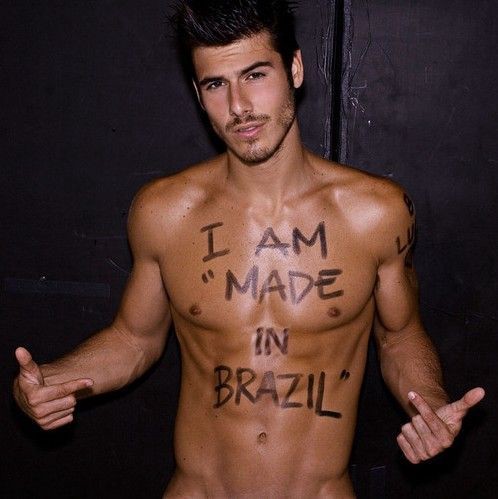
Men in Brazil idealize a toned, athletic body but not overly muscular. “They’re all about big-time definition,” says Nashville-based board certified plastic surgeon Jacob Unger, MD, of Maxwell Aesthetics. It’s telling that four of the top five most popular plastic surgery procedures in Brazil are focused on the body, with liposuction and abdominoplasty top among them. Dr. Steinbrech also notes that he’s seen an increase in interest in other procedures among men in Brazil. “They do a lot of gluteal augmentation and are very interested in implants,” he explains.
While the ISAPS does not note how many men in Brazil underwent these surgeries versus women, given that Brazil is considered a plastic surgery capital around the world (thanks to inexpensive and accessible providers) it is not a stretch to assume that men are taking advantage to obtain their perfect beach body.
3. South Korea
South Korea is a beauty-obsessed culture that has distinct ideas of beauty for both women and men. “Korea really sets the standards across Asia,” says Dr. Steinbrech. Look no further than the now-worldwide K-beauty trend to see that aesthetic trends often start there and soon have global implications. Men in South Korea are much more in tune with skincare and makeup than men in other parts of the world and typically undergo cosmetic procedures like jaw surgery and rhinoplasty to attain their desired look.
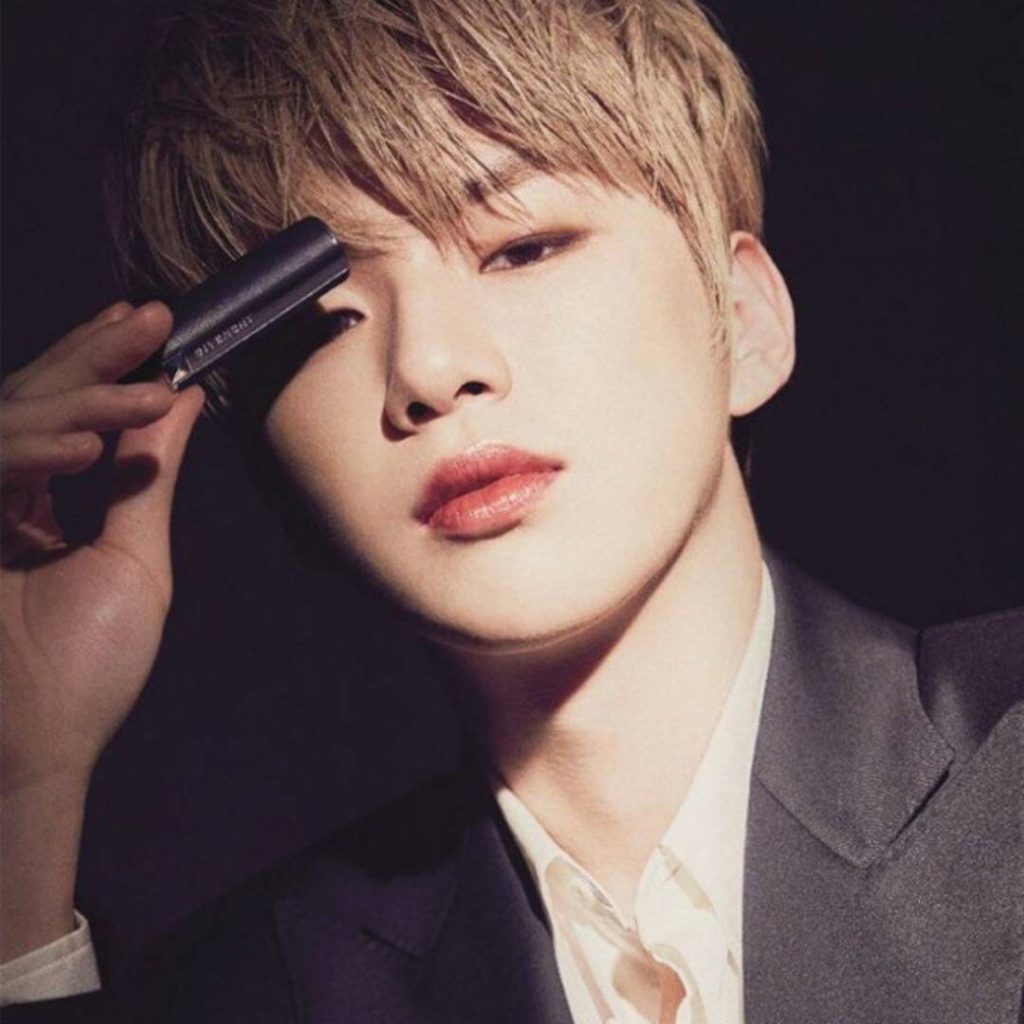
Dr. Steinbrech says K-Pop and the Flower Boy aesthetic are the driving influences in South Korean aesthetics for men. “It’s a more androgynous feel where men want to have more delicate faces like a narrow jawline and a more pointed chin,” he explains. Unlike other parts of the world where stronger male features are preferred, South Korean men want a more stylized look that’s focused on their face and is even sometimes at odds with a more muscular body, according to Dr. Steinbrech. Similar to women, larger eyes are considered beautiful in men, but double eyelid surgery (during which a Western-inspired crease in the eyelid is created) is very common as well, he says.
To obtain more ‘delicate’ features many men turn to elaborate skincare routines and makeup, but there is a reason South Korea is considered one of the plastic surgery capitals of the world. In Seoul alone, there are hundreds of plastic surgery clinics, and, unlike in the United States, the most common procedures focus on the face and are considered ‘minor’ procedures. Double eyelid surgery is one, but so is double jaw surgery (to sculpt the jaw and augment the chin to create the desired V-shape) and rhinoplasty (to create a smaller, more delicate nose). These procedures are just as common for men as they are for women.
4. United Kingdom
In recent years, male aesthetic ideals in the United Kingdom have shifted, some say as a result of the popularity of reality shows like Love Island, which features very fit women and men in various states of undress. Love Island, specifically for it’s constantly rotating cast of ripped, shirtless men, has been said to be linked to an increase in anabolic steroid use and male body image disorders.

Whether that is true or not, it’s clear that men in the United Kingdom are much more focused on their bodies and desire a toned, muscular physique. The ideal man is muscular, athletic, and heavily tattooed (the UK has emerged as one of the most tattooed nations), and while plastic surgery is less common for men than in other parts of the world, Dr. Steinbrech has seen this start to change. “The Brits are more conservative in general, but [UK patients] are starting to get more into body procedures,” he shares. “They’re starting to ask for them and it’s becoming a trend.”
According to the British Association of Aesthetic Plastic Surgeons, men in the UK are opting for non-invasive procedures like Botox® more frequently than surgical procedures. But while that may be the case when it comes to facial procedures, liposuction rose among men by 9 percent in 2018, further cementing the United Kingdom as an increasingly body-obsessed culture.
5. USA

“American [men] want to be tan and jacked like a Marine or a superhero,” says Dr. Steinbrech. “Basically, they want to look more like Thor.” But nailing down the aesthetic ideals of American men isn’t so easy. A lot of it has to do with where they live, at least according to Dr. Steinbrech. “There is a tendency with people (including men) in Los Angeles to want to look younger,” he says. “In California, people are rewarded for being fit, going to the gym, and appearing more youthful. They’re more likely to want to look very young and fit even into their sixties.” In other areas, like New York, he says men tend to be more focused on how their looks can make them more effective at their jobs. “In New York, they want a big jawline” because men equate that with confidence, leadership, and magnetism, he explains.
Despite the subtle differences in geography, a peek at the top cosmetic procedures among men does shed some light. Liposuction and gynecomastia surgery (a.k.a. male breast reduction) are common and men look to these procedures to obtain a more toned, fit shape. Rhinoplasty and blepharoplasty (i.e. eyelid surgery) are also common, showing that men do seek to improve their facial features, though Dr. Steinbrech adds that the goals of these procedures among men is to make small, subtle tweaks that are not always noticeable. Still the most common cosmetic procedure of all is non-invasive Botox® (or other neuromodulators) and dermal fillers, which help men look youthful without surgery.
Whether it’s through non-invasive procedures or cosmetic surgery, the most common thing providers hear from their male patients is that they don’t want to look too ‘done.’ Men in the United States still often associate a certain ruggedness with a male ideal — a muscular body, a strong jaw, and a few (but not too many) lines on their faces.
Perfection, in many ways, is considered feminine, but strength is masculine.
Thoughts? Thank you GARRETT MUNCE, freelance writer for AEDIT.
Credit: GOING GLOBALPLASTIC SURGERY TRENDSFOR MENGoing Global: The Perception Of Beauty Around The World





















